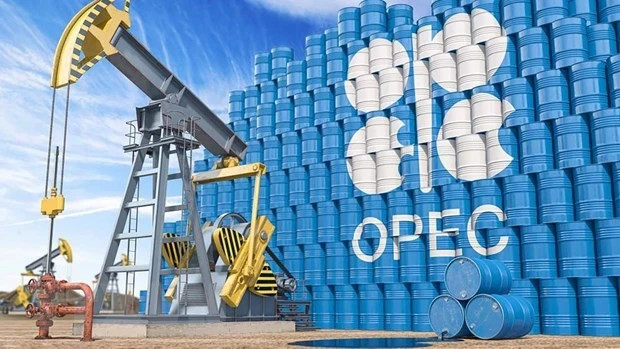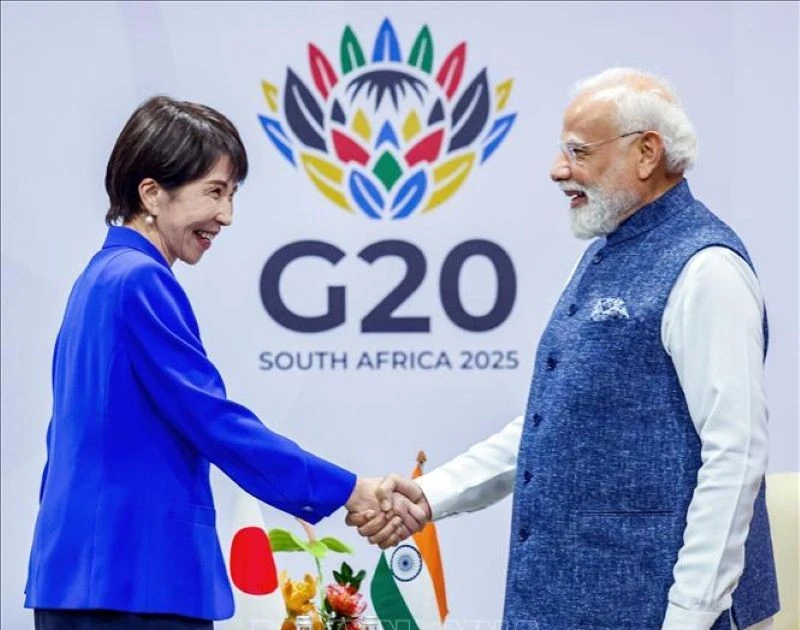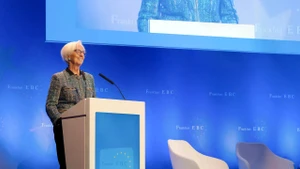However, in the context that demand still exceeds available supply, as winter enters the Northern Hemisphere, the "black gold" market balance remains vulnerable to increased economic and geopolitical risks and further fluctuations in the near future.
According to OPEC's November report, world oil demand will increase by 2.5 million barrels per day in 2023, compared to the previous forecast given by OPEC at 2.44 million barrels per day. Global crude oil demand is expected to increase by 2.2 million barrels per day in 2024, unchanged from the forecast given in last month's report.
China's crude oil imports, which increased to 11.4 million barrels per day in October 2023, remain on track to reach a new record high this year. Meanwhile, India's crude oil imports are also expected to increase in the last quarter of this year and reach a record high in 2023. Global oil demand continues to show good resilience, with growth higher than expected in the fourth quarter of 2023, mainly in countries that do not belong to the OECD.
Despite the maintenance of voluntary production cuts by an OPEC+ member (including OPEC and its partners), in general, the supply is still added to the market when OPEC's oil production in 2023 and 2024 is also forecast to increase by about 50,000 barrels per day and 65,000 barrels per day, respectively.
OPEC's crude oil output in October 2023 increased by 80,000 barrels per day compared to the previous month, to 27.90 million barrels per day. OPEC also raised its forecast for non-OPEC supply growth this year to 1.8 million barrels, compared to the forecast increase of 1.7 million barrels per day given last month. According to the OPEC, the main drivers of this increase will be the US, Brazil, Kazakhstan, Norway, Guyana, Mexico and China. In 2024, non-OPEC crude oil supply is expected to increase by 1.4 million barrels per day, unchanged from last month's forecast.
Meanwhile, the IEA has also raised its forecast for global oil demand growth this year and next, although economic growth is expected to slow down in most major economies. For 2023, the IEA has raised its oil demand growth forecast from 2.3 million barrels to 2.4 million barrels per day.
Overall, the 2023 oil demand is still supported by a record September demand increase in the Chinese market and stable deliveries in the US. In 2024, the IEA raised its oil demand growth forecast from 880,000 barrels per day to 930,000 barrels per day. According to the IEA, although the voluntary extension of production cuts from Saudi Arabia and Russia until the end of this year will shrink supply, oil demand growth is likely to slow and the balance in the oil market will tilt in favour of surplus in early 2024.
World oil supply growth is exceeding expectations as production growth in the US and Brazil far exceeds forecasts. The IEA believes that the world oil market will return to oversupply in the first half of 2024, in the context of demand growth slowing significantly as post-pandemic recovery capacity has been exhausted and the use of energy is more and more efficient.
The forecasts of the OPEC and IEA were made in the context that Brent oil prices recorded 95 USD per barrel in September, while the decisions of voluntary supply cut from OPEC+ members tightened the crude oil market.
Earlier this month, Saudi Arabia and Russia announced they would extend supply cuts totalling 1.3 million barrels per day until the end of 2023. The additional voluntary cuts are intended to strengthen measures taken by OPEC+ countries to maintain market stability and balance. However, the increasing oil exports from sanctioned countries, as well as concerns about the growth prospects of the global economy, have pulled crude oil prices down in recent weeks.
Concerns about economic growth and demand have put pressure on prices, despite the impact of supply cuts by OPEC and its partners as well as conflict in the Middle East. Meanwhile, huge fuel demand as the Northern Hemisphere enters winter, along with increasing economic and geopolitical risks, continues to make the oil market volatile and fragile.
















